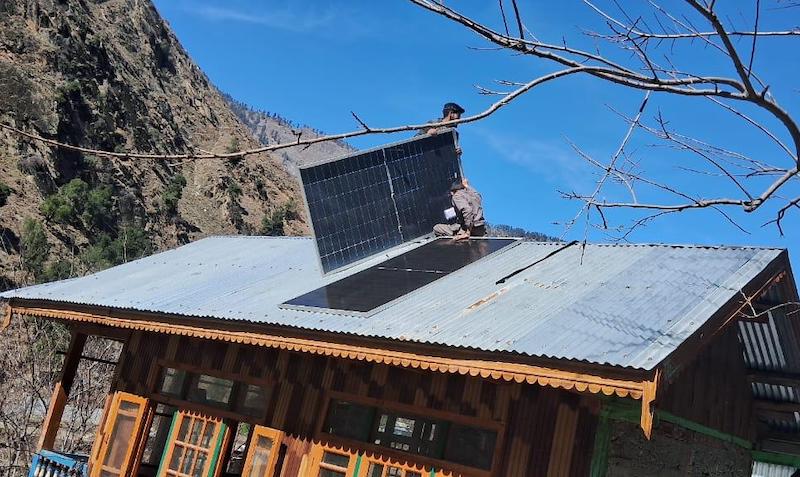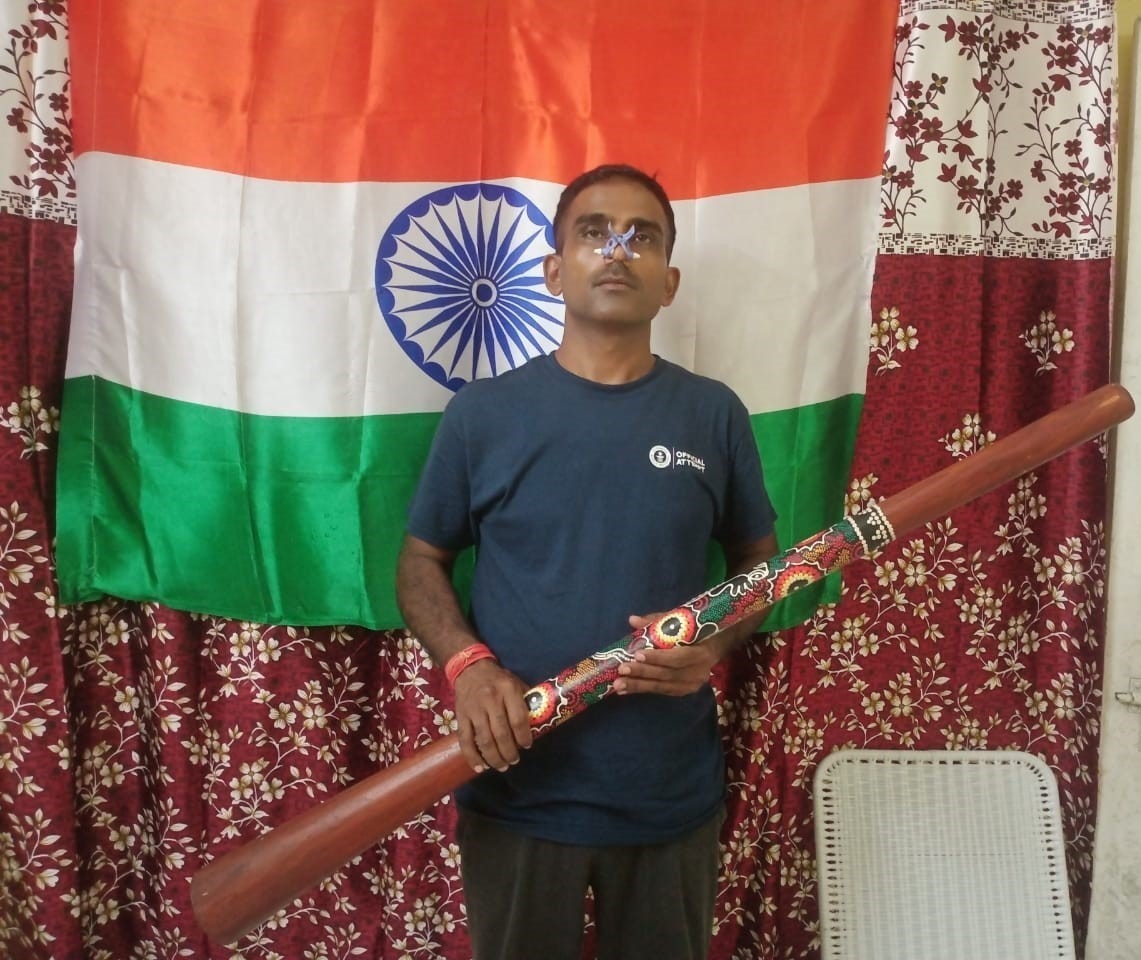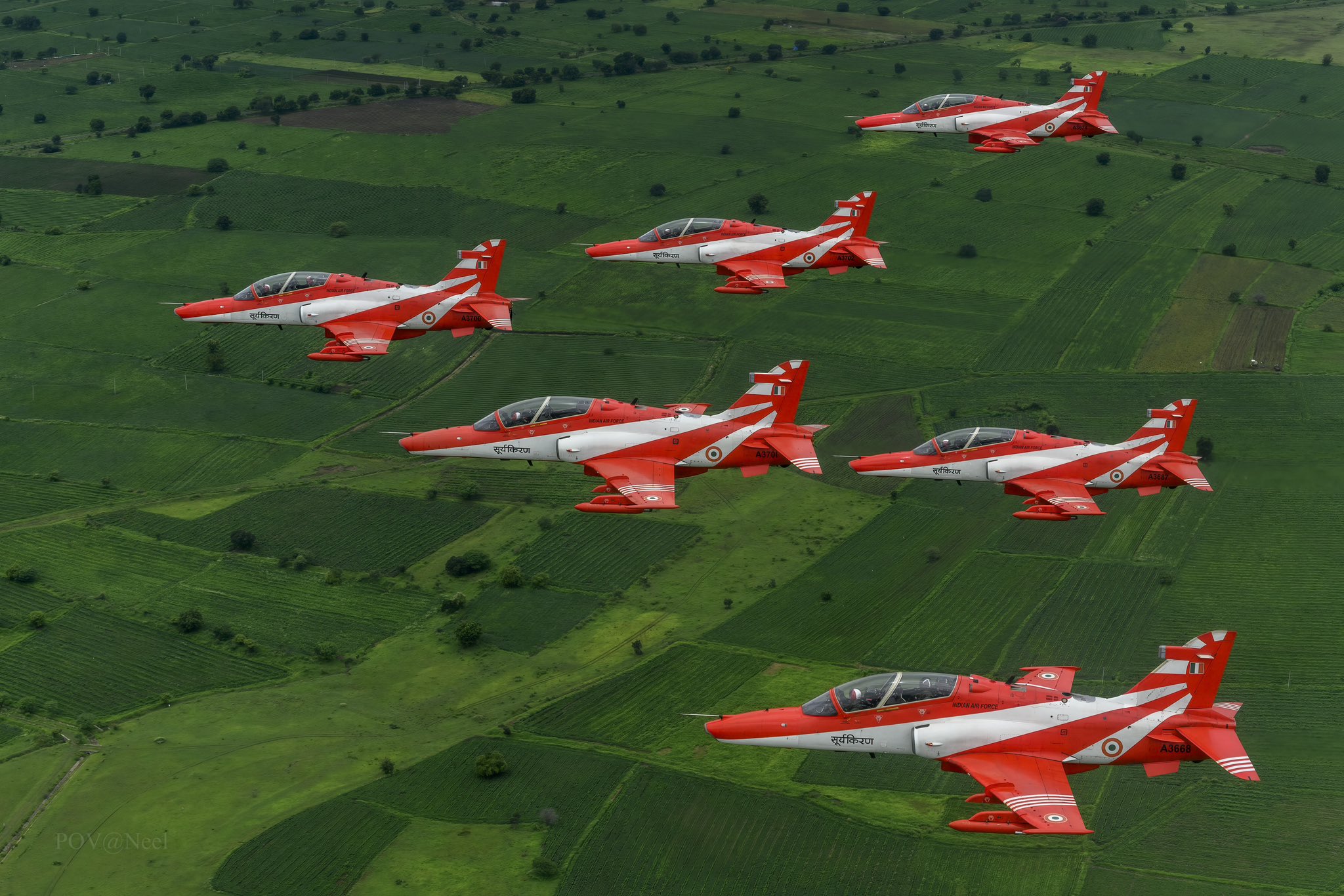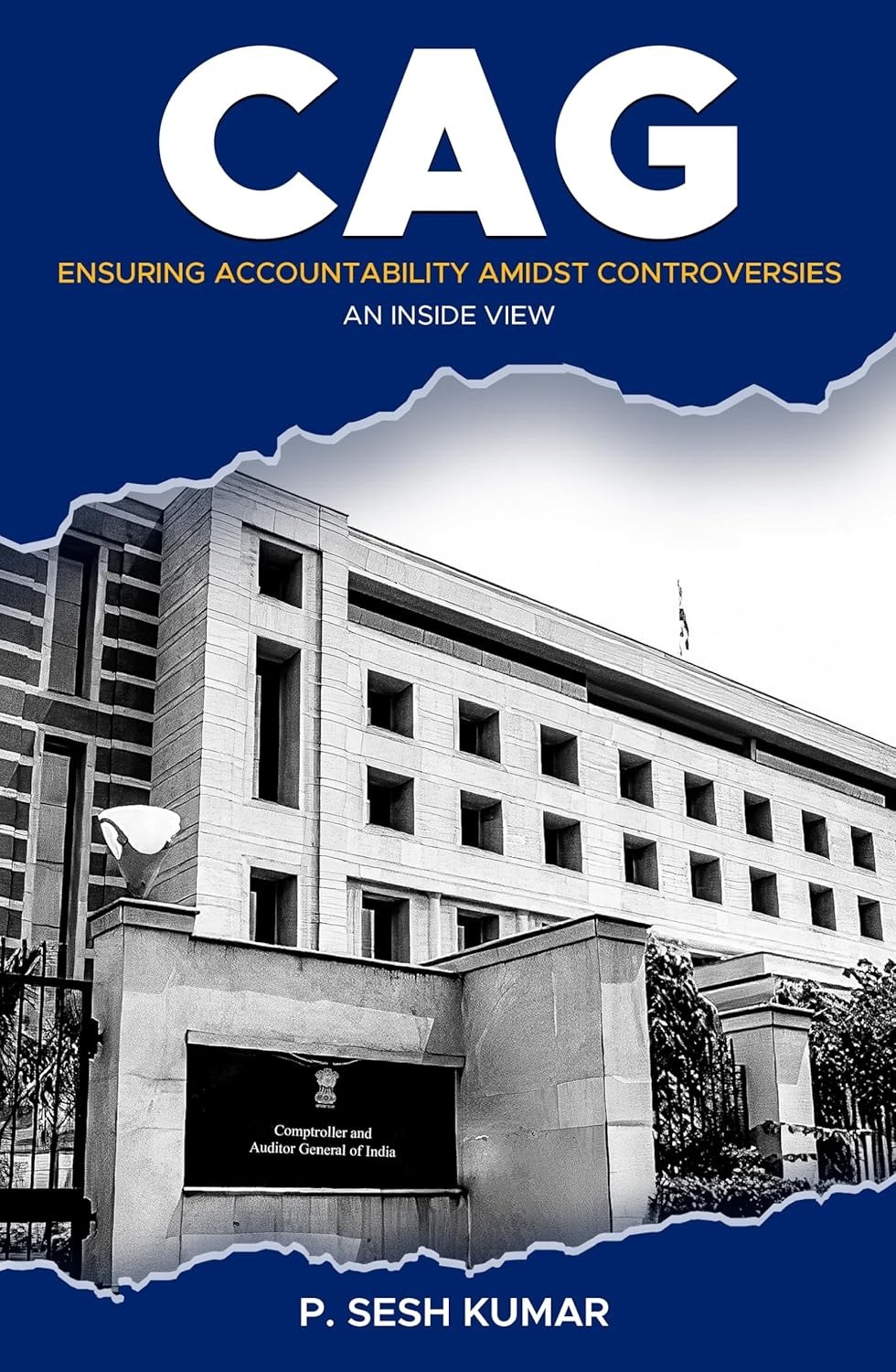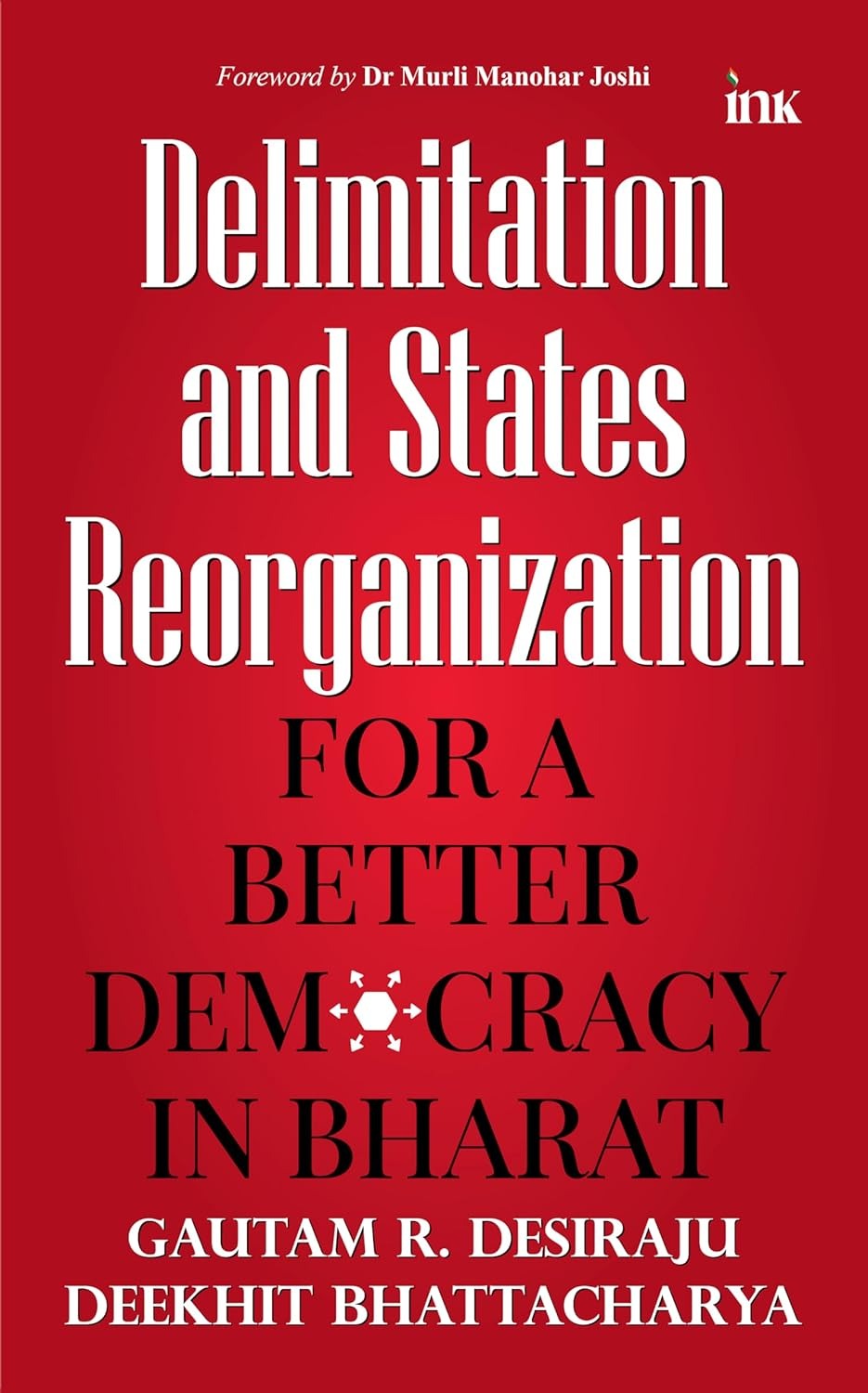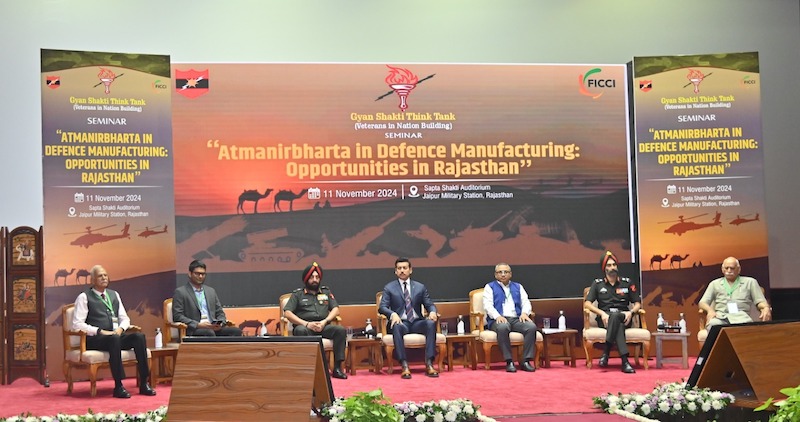
At a time when China has become more confident and proactive in its initiatives in South and Central Asia (SCA), Beijing is engraining in public diplomacy with various collection of instruments to influence the perception in the region as most countries use public diplomacy - a tool to strengthen their legitimacy.
Few months back, in a summit, academicians, scholars from different think tank across the globe agreed that Chinese leaders draw upon a toolkit comprising five public diplomacy instruments which are—- informational diplomacy, cultural diplomacy, exchange diplomacy, and elite -to-elite diplomacy under the umbrella of Silk Road Diplomacy. However, scholars also raised a point that the process of translating public diplomacy activities into measurable gains is neither straightforward nor quick for Beijing.
During summit Samantha Custer, Director, Policy Analyst, Aiddata, highlights that Beijing has ramped up the volume and sophistication of its public diplomacy overtures in the SCA region over time, reaching its highest levels in 2014 and 2016 and it employs a diverse toolkit across SCA countries, with sub-regional powers - Kazakhstan, India, and Pakistan among the major recipients.
In this context, it is pertinent to mention here that to accomplish Beijing’s diplomatic goals, President Xi Jinping doubled the Chinese Ministry of Foreign Affairs‘ ( MEA) budget in six years from 30 to 60 billion renminbi (US$9.5billion), including a 15 percent increase in 2018 to bolster the MEA’s efforts just to project Chinese diplomacy and soft power worldwide.
In one of above mention tools, cultural diplomacy is playing crucial role in SCA region as various Confucius Institutions and classrooms opened in Seoul first in 2004, under cultural events, cultural organizations from China visited SCA countries while in friendship years (2000-17), both governments designating a particular year as cultural exchange year of establishing diplomatic relations.
To mark her presence more effectively, China in her exchange diplomacy using students and scholars as another tool to spread its narrative of One China policy under which exchange programme took place between SCA and China.
Elite - to - elite diplomacy, political visits, party visits and other government visits- China in summits, roundtable conferences, inter-governmental dialogues, groundbreaking ceremonies hosted by SCAs or vice versa. In its Military diplomacy many senior levels meetings and visits were held between Chinese PLA and their SCA counterparts.
In most important form of diplomacy – Financial diplomacy, China has invested in many SCA countries keeping strategic aspect at top. Sri Lanka, Bangladesh, Pakistan, Kazakhstan are the main. Instance in Sri Lanka and Bangladesh, with regards to financial tools, in recent years Sri Lanka has involved with Chinese State of Enterprise in infrastructure projects used in complementing with current policies while in Bangladesh China’s public diplomacy has evolved in the last 40 years with regular exchanges high- levels visits for economic and trade cooperation.
In summit, Farooq Sobhan, former diplomat Bangladesh pointed the Flagship project of the Ganges Bridge - a multibillion-dollar infrastructure investment - orchestrated by Bangladesh but funded by China which is almost 12 months behind in terms of implementation.
In recent years, Beijing has paid substantially more attention to cultivate government diplomacy in South Asian countries. According to ‘Aiddata’ officials, Chinese government officials met their South Asian counterpart more frequently 1,039 times as compared to Central Asia 722.
Beijing also realised strategic importance of India and Kazakhstan as dominate regional players in the region where leaders are firm for their foreign policies and diplomatic relations. While Military diplomacy is another crucial factor in Beijing’s public diplomacy toolkit, PLA has increased its military diplomacy activities across SCA, particularly under Jinping’s tenure. Strategically, Sri Lanka and Pakistan are top global destinations for port calls where PLA Navy ships visit foreign ports.
South Asia, the fastest growing region in terms of economy is an attractive destination for Beijing. It is more critical with President Xi’s aspirations to promote economic cooperation along Silk Road Economic Belt and the Maritime Silk Road however , it is important to mention here that Beijing’s indulgence in the region is more about to safeguards its primary security interests , instance –passage for its raw material imports, projecting strength in IOR
With using various forms of diplomacy in the region, it can be understood that China is following the footprint of America to strengthen public diplomacy in SCA but she needs a positive narrative that promotes ideas of dependence and deference vis-a-vis China.
Maldives, another pivotal littoral as Beijing sets its sights as a gateway to the Indian Ocean and as China’s growth depends upon the access to raw material which transit through busy lines between India and Maldives. Beijing has made large investments in infra projects during Yameen’s regime including US $ 830 million investments to upgrade airports and build 2 Km bridge to link the airport island with the capital Male. While India and the Maldives also reviewed their defence and security cooperation in the 6th joint commission meeting focusing implementation of the US $ 1.4 billion economic package aim to improve connectivity in the archipelago.
Nepal, closest neighbour to India but Beijing always take advantage of dry state to contain Tibetan activism. With $0.99B financial investments under financial diplomacy, Beijing and Nepal governments shared 144 visits and 19 Military visits, Exercises and port calls events recorded. Nepal also shares a short but consequential border to the northeast with Tibet and Beijing seeks Kathmandu’s support to mitigate the risk of instability as a launching pad for unrest in Lhasa.
In Central Asia too, Beijing has very high stake under its financial diplomacy plan with $54.56B investments, 772 government visits, 37 Confucius Institutes and classrooms, 125 Military visits, exercises and port calls.
Geo-strategically, Central Asia region is another important location particularly in context of silk road but corruption and soaring unemployment has strengthen China’s overall diplomacy and at the regional level has been successful despite some resistance at local level.
Instance - In Kazakhstan, the older Kazakhs have certain issues with Beijing investments but younger generation is more open keeping employment opportunities above.
Scholars in the summit mentioned that Kazakh public is generally skeptical of Beijing due to abstract threat of economic domination as Kazakh people see two faces of Beijing - the aggressive dragon deeply ingrained in Kazakh people from the time of Sino-soviet split of 1950 and the friendly panda synonymous with China’s going out policy since 2000.
Importantly, Beijing’s financial diplomacy in SCA is associated with a higher number of Chinese migrants and firms. As per Aiddata report, Kazakhs received greatest Chinese activities.
It will relevant to say that despite full efforts, Beijing has failed to anticipate and respond when decision taken by political elites are seen by locals as favoring Beijing at cost of Kazakhs.
(The author is a Delhi-based Journalist. Currently, she is working with The Pioneer Newspaper.)

